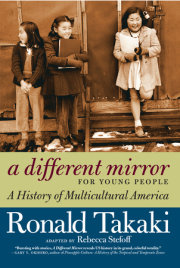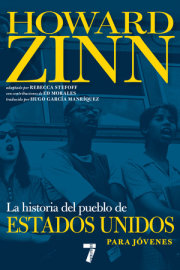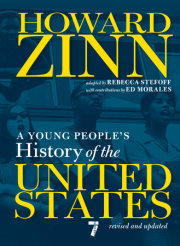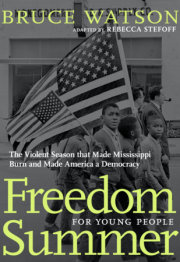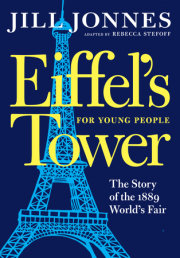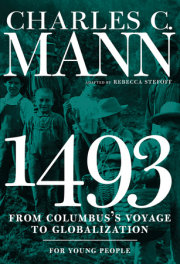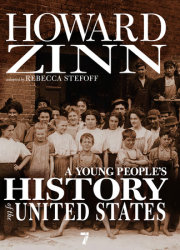Introduction My Story, Our Story I was going to be a surfer, not a scholar.
I was born and grew up in Hawaii, the son of a Japanese immigrant father and a Japanese-American mother who had been born on a sugarcane plantation. We lived in a working-class neighborhood where my playmates were Japanese, Chinese, Portuguese, Korean, and Hawaiian. We did not use the word multicultural, but that’s what we were: a community of people from many cultural, national, and racial backgrounds.
My father died when I was five, and my mother remarried a Chinese cook. She had gone to school only through the eighth grade, and my stepfather had very little education, but they were determined to give me a chance to go to college. My passion as a teenager, though, was surfing. My nickname was “Ten Toes Takaki,” and when I sat on my board and gazed at rainbows over the mountains and the spectacular sunsets over the Pacific, I wanted to be a surfer forever.
Then, during my senior year in high school, a teacher inspired me to think about the problems of the world and of being human and to ask, “How do you know what you know?” In other words, how do you know if something is true? The same teacher inspired me to attend college outside Hawaii, which is how I found myself at the College of Wooster in Ohio in 1957.
College was a culture shock for me. The student body was not very diverse, and my fellow students asked me, “How long have you been in this country? Where did you learn to speak English?” To them, I did not look like an American or have an American-sounding name. When I fell in love with one of those students, Carol Rankin, she told me that her parents would never approve of our relationship, because of my race.
Carol was right. Her parents were furious. Still, we decided to do what was right for us. When we got married, her parents reluctantly attended. Four years later, when our first child was born, her parents came to visit us in California. After I said, “Let me help you with the luggage, Mr. Rankin,” Carol’s father replied, “You can call me Dad.” His racist attitudes, it turned out, were not frozen. He had changed.
By that time I was working on my Ph.D. degree in American history. I became a college professor at the University of California in Los Angeles and taught the school’s first course in African American history. In 1971, I moved to the University of California at Berkeley to teach in a new Department of Ethnic Studies. In the decades that followed, I developed courses and degree programs in comparative ethnic studies, and I wrote several books about America’s multicultural history. My extended family, too, became a multicultural, mixed-race group that now includes people of Japanese, Vietnamese, English, Chinese, Taiwanese, Jewish, and Mexican heritage.
I have come to see that my story reflects the story of multicultural America—a story of disappointments and dreams, struggles and triumphs, and identities that are separate but also shared. We must remember the histories of every group, for together they tell the story of a nation peopled by the world. As the time approaches when all Americans will be minorities, we face a challenge: not just to understand the world, but to make it better.
A Different Mirror studies the past for the sake of the future.
Copyright © 2012 by Ronald Takaki, Adapted by Rebecca Stefoff. All rights reserved. No part of this excerpt may be reproduced or reprinted without permission in writing from the publisher.


